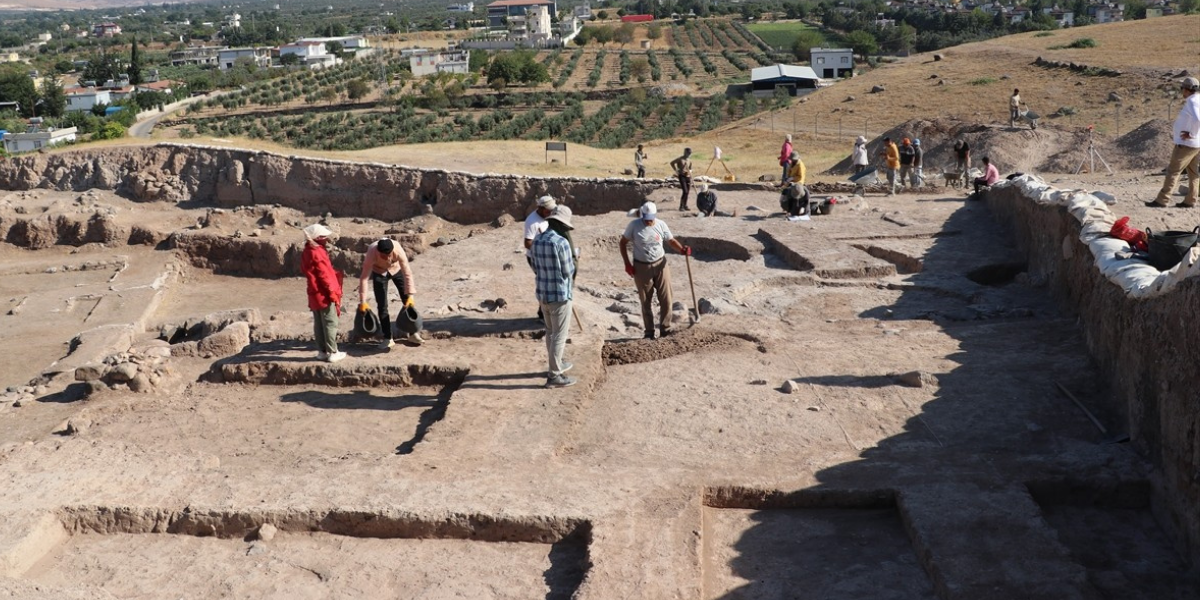
Excavations started at Oylum Höyük, one of the largest mounds in the Middle East
The 2024 excavation season has begun at Oylum Höyük (Oylum Mound), one of the largest mounds in the Middle East, located in Kilis province in southeastern Türkiye. The mound is 460 meters long and 370 meters wide, consisting of two elevations, one 22 meters and the other 37 meters, with a dominant position over the
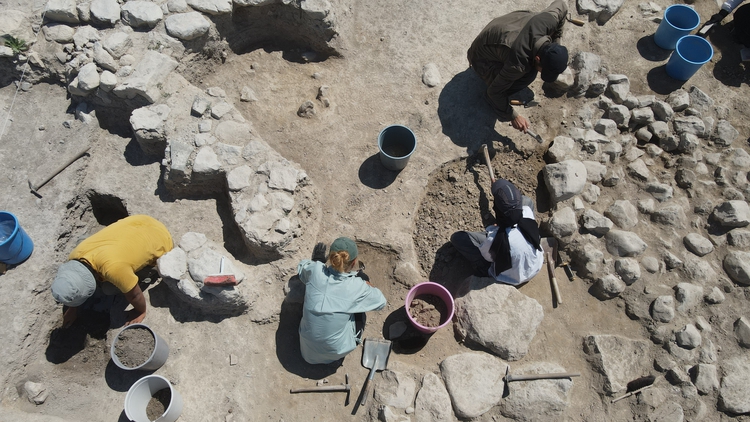
Surprising discovery in the ‘holy water’ of the Hittites
Ongoing archaeological excavations in the sacred Hittite city of Nerik (today’s Oymaağaç Mound) are revealing surprising discoveries. With a 3500-year history, Nerik, which is considered a sacred city by the Hittites, is located 7 kilometers northwest of Vezirköprü district of Samsun. Nerik was founded by the Hattis and after the fall of the Hittite empire,

Çemka Höyük, which represents an important turning point in human history
Çemka Höyük is an important settlement that provides important clues about the transition from hunter-gatherer life to agriculture and settled life. Çemka Höyük, also known as Water’s Edge Höyük, is located within the borders of Ilısu village in Dargeçit district of Mardin province in southeastern Türkiye. Çemka is located about 1,100 m southwest of the

3500-year-old clay tablet written in Akkadian discovered at Aççana mound
Archaeological excavations at Aççana mound in Reyhanlı district of Hatay province in southern Türkiye have unearthed a 3500-year-old clay tablet written in Akkadian. The Aççana mound contains the remains of Alalah, an important city in ancient times. The mound dates back to 4000 BC and is known to have been inhabited continuously for 4000 years.
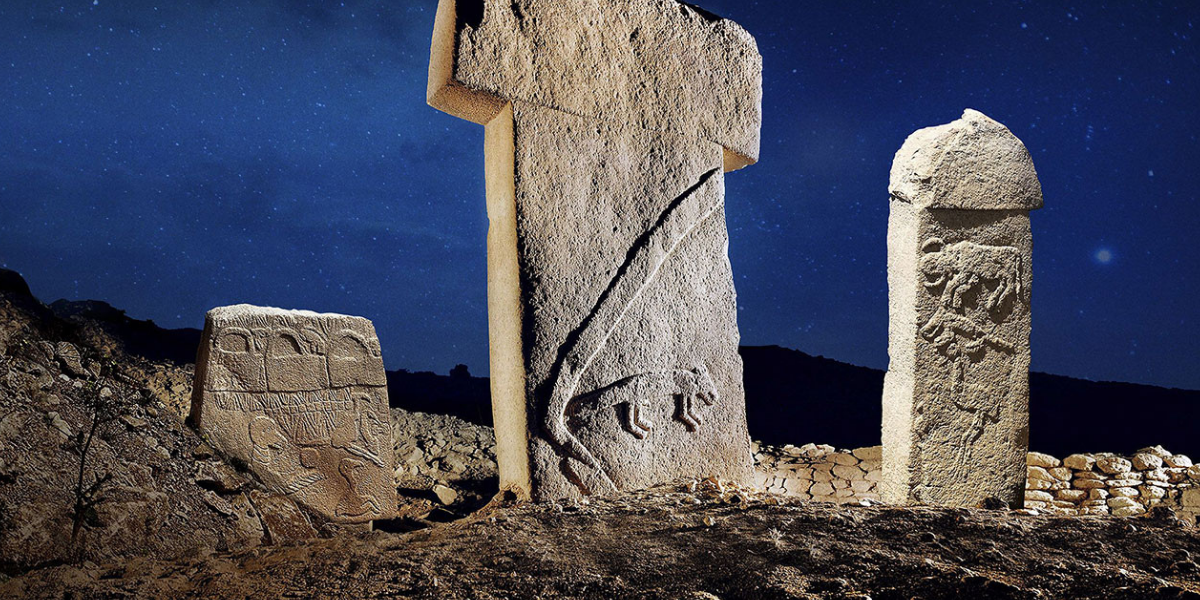
Did aliens build Göbekli Tepe? The head of the excavation answers
Göbekli Tepe is the most exciting archaeological discovery that has profoundly influenced human history. Klaus Schmidt, who discovered Göbekli Tepe dating back to 12,000 BC and headed excavations until 2014, described it as a shelter used by nomadic hunter-gatherer groups over a large area, with few or no permanent residents. In recent days, especially on
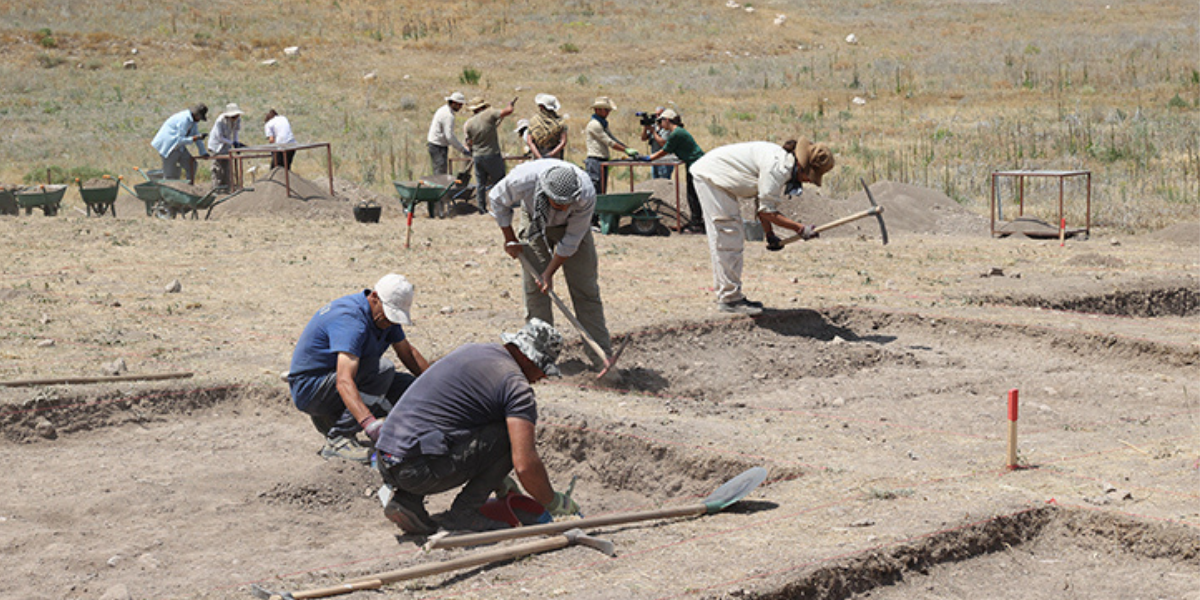
Archaeologists may have found the temple of Šauška, sister of the air god Teshup, in the Samuha
In Samuha, an important religious city for the Hittites, a structure thought to be the temple of Šauška, the sister of the weather god Teshup, was unearthed. Samuha is a Hittite city of religious significance that flourished between 1800-1600 BC. Samuha, now known as Kayalıpınar, is located in central Türkiye, about 40 kilometers west of
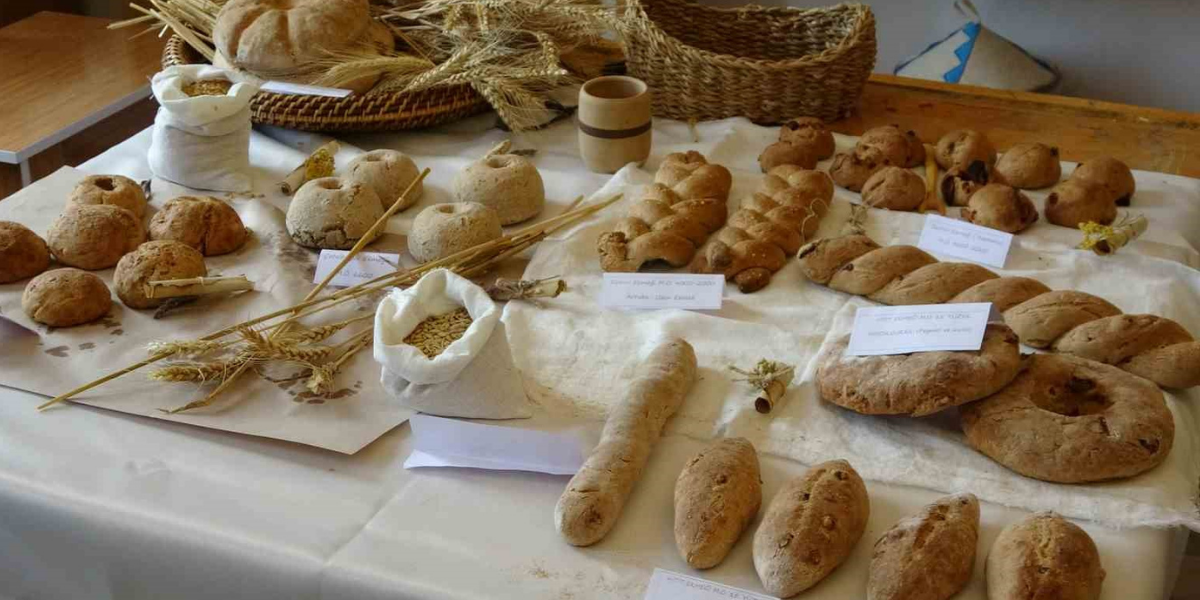
Using 3,500-year-old tablets, bread from the Hittite, Sumerian and Roman periods was baked
Bread is an indispensable food source in every period of history. In Anatolia, home to the transition to settled life, bread is considered both a foodstuff and a sacred food offered to the gods. The Hittites are a Bronze Age civilization that stands out with its bread making and diversity. Hundreds of tablets unearthed in

Croatian underwater archaeologists discover rare 400-year-old bronze trumpets in a shipwreck
Croatian underwater archaeologists have discovered rare bronze trumpets, unique on a global scale, on a sunken 16th-century ship near Cape Kamenjak off the southern coast of Istria. The bronze trumpets were found in the cargo of a sixteenth-century Dutch shipwreck in Leiden, the Netherlands. Dr. Luka Bekić of the International Centre for Underwater Archaeology in
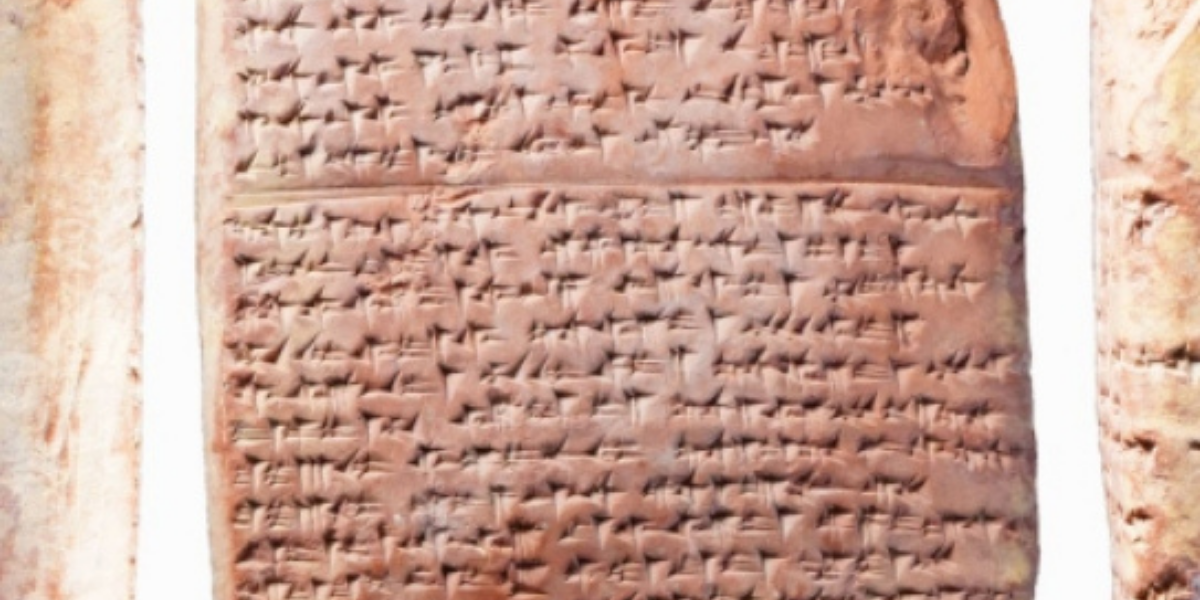
Kalašma, the lost language of Anatolia, decoded
A tablet found during excavations in Hattuša (today’s Boğazkale), the capital of the Hittite State, in 2023 revealed the existence of a lost language, Kalašma. According to scientists, Kalašma was used by a people named Kalašma who lived in the vicinity of Gerede district of Bolu province in modern-day Türkiye. “These texts show that Anatolia
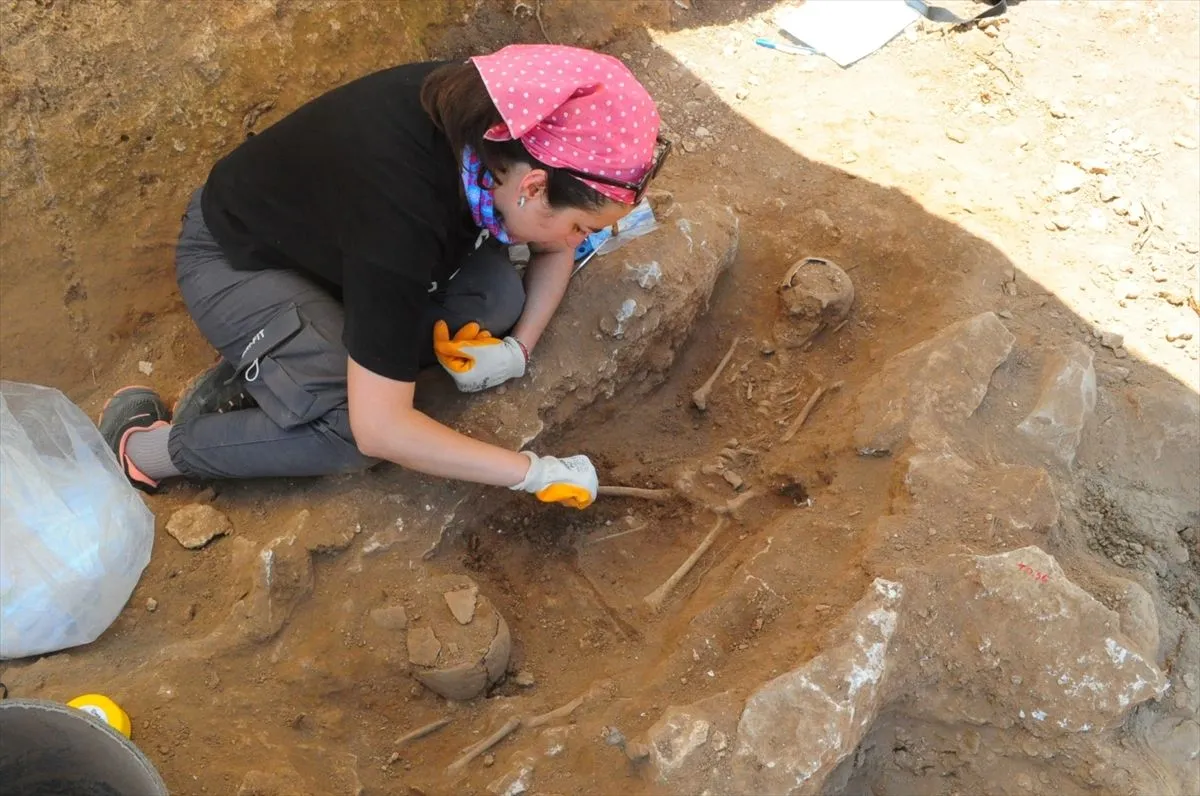
The number of graves in the children’s cemetery unearthed during archaeological excavations in Diyarbakır has increased to 60
Last year, 54 graves of children between the ages of 0-6 were unearthed during archaeological excavations in an area thought to be an old quarry in Diyarbakır’s Kulp district. In this year’s excavations, archaeologists uncovered 6 more graves, bringing the total to 60 graves. Following the discovery of coins from the Byzantine Emperor Anastasius I
